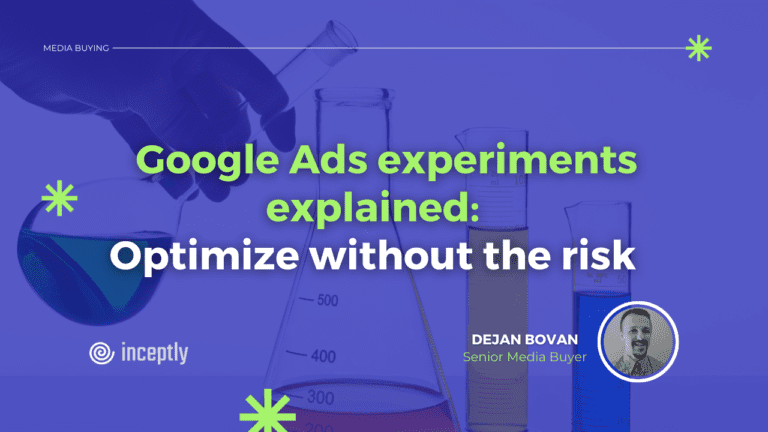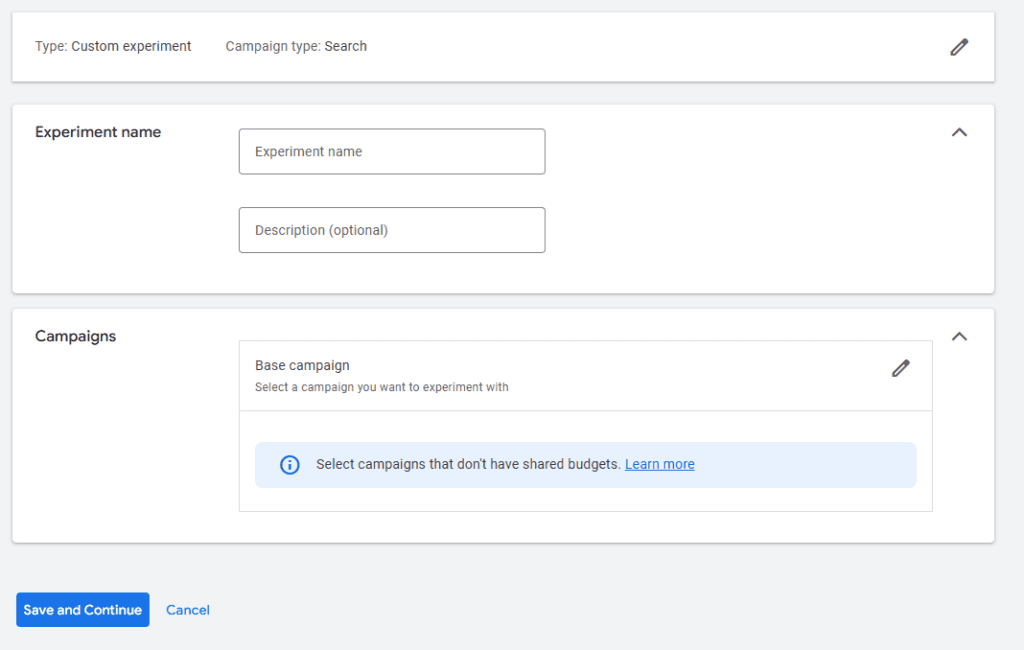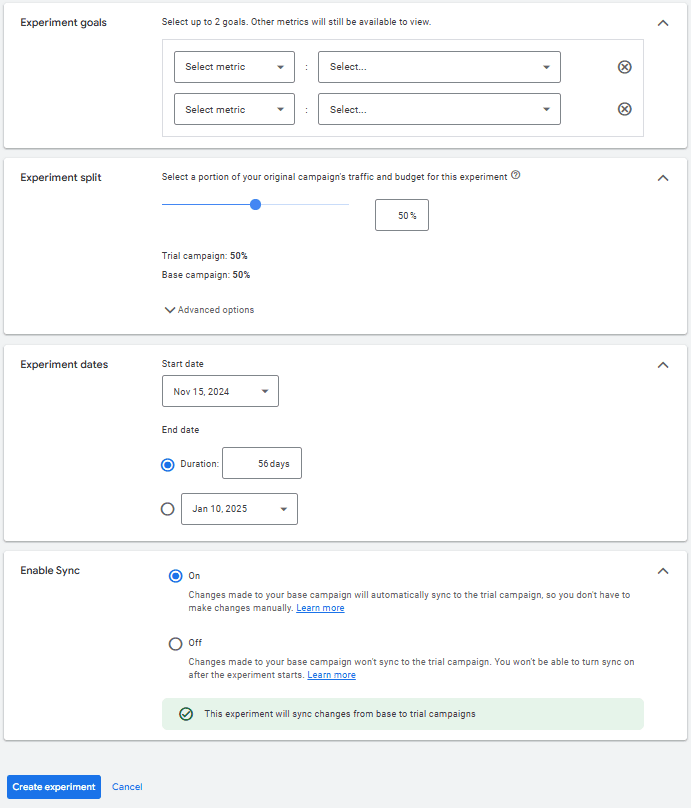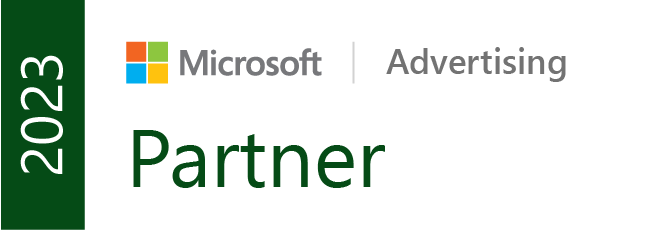
Google Ads offers a range of tools for marketers aiming to reach their ideal audiences. Some tools are safer than others, but often in advertising, the higher the risk, the higher the reward. 🌟 When planning an online campaign, you’ll choose tools based on several factors—budget, audience type, ad network, offer type, location, etc.
Typically, marketers rely on Brand and Non-brand search campaigns because these tend to be the safest and most straightforward ways to acquire new customers. 🛡️
For this discussion, however, let’s shift the focus from Brand campaigns to Non-brand, or cold search, campaigns.
Want results from YouTube Ads without the upfront risk?
Start now and only pay when they work!
Spots filling fast!
While Brand campaigns target audiences already familiar with your brand, product, or service, Non-brand (cold search) campaigns focus on acquiring entirely new customers. These campaigns are often considered the second safest marketing bet, making it crucial to understand how to maximize results while maintaining profitability.
To support this, Google Ads introduced experiments in 2021—yet even today, many advertisers aren’t fully aware of or utilizing this powerful feature. ⚙️
So, let’s dive in.
Why are these tests so important?
In marketing and programming, there’s a popular saying: “If it works, don’t touch it.” Experiments, however, allow you to bypass this rule and improve outcomes without directly altering your main campaign.
Running experiments can:
• Reduce risk 🚨
• Test new ideas
• Optimize campaign settings ⚙️
• Boost performance 📈
• Quickly implement valid strategies
• Adapt to an ever-evolving marketing environment 🌐
To access your Experiments panel: Go to the Campaigns tab in your Google Ads account and select Experiments.

Where things get interesting 🔍
Imagine you have a high-performing campaign, but you’re unsure if it could do even better with higher bids, a different bidding strategy, or if changing keyword match types might improve results. You don’t want to risk disrupting the success of your current setup—this is where experiments come in! They let you test changes without impacting the main campaign. 💡
Here’s how to set up an experiment:
1 In your Google Ads account, click the Campaigns icon.
2Click the Campaigns dropdown in the section menu.
3Select Experiments.
4Click the plus (+) button at the top of the “All Experiments” table and choose Custom Experiment.
5Select Custom experiment (enables multiple optimizations for any campaign) and click Continue.
This setup allows you to experiment with various changes and see how they perform without affecting your base campaign. 🛠️

Naming and setting up your experiment 📝
1. Name your experiment: Choose a descriptive name that captures the purpose of your test. Be mindful that the experiment name will be displayed alongside the campaign name, so a clear, specific name will help you stay organized and remind you of your initial goals and ideas.

2. Add a description: Including a detailed description will keep your intentions clear and allow you to track your thought process as you implement and review the experiment.
3. Select your base campaign: Under Base Campaign, choose the campaign you want to use as a foundation for your experiment. Once selected, click Save and Continue to move to the next step.
4. Set experiment goals: After saving, you’ll return to the Experiments panel and proceed to Step 2 of 3. This is where you’ll define your goals and make the changes you want to test.

With this setup, you’re ready to apply new ideas and analyze their impact without affecting your primary campaign. 🛠️
Putting your ideas to work 🎯
This is where you bring your ideas to life! Use this step to test different elements of your campaign, such as:
• New keywords (KW) 🔑
• Updated bids 💰
• Revised ad copy ✍️
• Alternative bidding strategies 📈
Experimenting with these elements allows you to uncover what drives the best performance.
Set the schedule 📅
After finalizing your changes, set the experiment schedule. This determines the duration of your experiment and gives you control over how long the test will run. ⏱️
Review your experiments
Once set, you can track the performance of both active and expired experiments in the Experiments panel. This overview helps you decide whether to apply the changes permanently or revert to the original settings based on the results.

Setting experiment goals and schedule 🛠️
Once you click on Schedule Options, you’ll be taken to the experiment setup panel.

Here’s a breakdown of each section to help you configure your experiment effectively:
1 Experiment goals 🎯
In this section, you’ll choose two primary goals for your experiment. For example, you might aim to increase spend while reducing CPA (cost per acquisition) or target other key metrics that align with your objectives. Selecting the right goals gives you clear benchmarks to evaluate the experiment’s success.
2 Budget split💰
Here, you can allocate the budget between your base campaign and the experiment. This split lets you control how much of your budget is directed toward testing changes versus maintaining the current setup. Adjust the ratio to match the level of risk you’re comfortable with.
3 Experiment dates 📅
The date fields let you set the duration of your experiment. Choose start and end dates that provide enough time to collect meaningful data. Once the experiment concludes, you can decide whether to apply the changes or discard them based on the results.
By thoughtfully setting these options, you create a controlled environment to test and refine your campaign strategy without disrupting your base performance.
Conclusion: Maximizing your success with Google Ads experiments 🎉
In the competitive landscape of Google Ads, experiments are an invaluable tool that can significantly enhance your campaigns while minimizing risk. By systematically testing different elements—like keywords, bids, ad copy, and bidding strategies—you can unlock new potential for growth and fine-tune your campaigns for optimal performance.
Using non-brand (cold search) campaigns offers a unique opportunity to reach new audiences and expand your brand’s reach. Google Ads experiments give you the freedom to test ideas without disrupting existing successful campaigns, allowing you to stay competitive and adaptable in the fast-changing digital marketing environment.
Key takeaways from the experiment process:
1. Start with clear goals: Before creating an experiment, set clear objectives. Whether you’re aiming to increase spend or lower CPA, defining your goals helps you measure success accurately and ensures that each test drives you toward a specific outcome.
2. Allocate your budget wisely: The budget split feature allows you to control the financial risk of each experiment. By carefully distributing your budget between the base campaign and the experiment, you can find the right balance between stability and exploration.
3. Set a realistic schedule: Allow enough time for your experiment to collect valuable data, but also ensure you can implement changes efficiently. Once the experiment concludes, analyze the results to decide whether to apply the changes or revert to your base settings.
4. Adapt and grow: Google Ads experiments allow you to innovate while safeguarding your campaigns. This structured approach to testing lets you harness new strategies, stay responsive to market changes, and make data-driven decisions that keep your campaigns evolving.
With the right use of Google Ads experiments, you can boost campaign performance, increase your profitability, and continually refine your approach. Embrace these tools to stay ahead, drive results, and build a campaign strategy that’s both resilient and growth-focused.
Unlock real results with YouTube ads, risk-free!
Zero upfront cost—pay only for results.
Limited availability.
Want more content like this?
Don’t miss out on the latest news and updates from the world of Direct Response advertising! Subscribe to our newsletter today 👇

Dejan Bovan, Senior Media Buyer
Having started out at Inceptly as a tracking whizz and a certified GTM, GDS, and Segment expert, Dejan then transitioned into media buying. His background and analytical mindset now help him spot and take advantage of untapped opportunities for our clients.
Like this post? Let's continue the conversation!
Get in touch with us by shooting us a quick email or tagging us on LinkedIn or Instagram, and sharing your thoughts. Your feedback helps us keep our blog relevant and interesting.
Get Our Newsletter
Need Help?
Get in touch with us for an insightful evaluation of your ads + actionable tips to help amp up your direct response revenue



